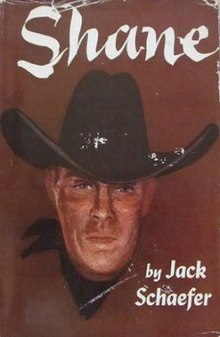
Murray Leinster was a pen name of William Fitzgerald Jenkins, an American writer of genre fiction, particularly of science fiction. He wrote and published more than 1,500 short stories and articles, 14 movie scripts, and hundreds of radio scripts and television plays.

Louis Burton Lindley Jr., better known by his stage name Slim Pickens, was an American actor and rodeo performer. Starting off in the rodeo, Pickens transitioned to acting, and appeared in dozens of movies and TV shows. For much of his career, Pickens played mainly cowboy roles. He is perhaps best remembered today for his comic roles in Dr. Strangelove, Blazing Saddles, 1941, and his villainous turn in One-Eyed Jacks with Marlon Brando.
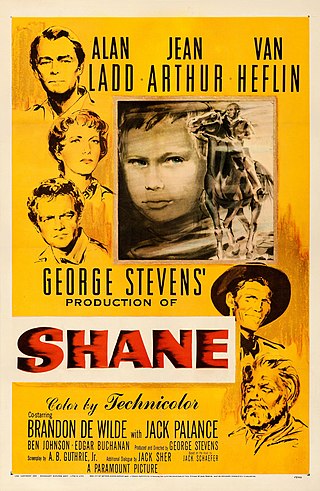
Shane is a 1953 American Technicolor Western film starring Alan Ladd, Jean Arthur, and Van Heflin. Released by Paramount Pictures, the film is noted for its landscape cinematography, editing, performances, and contributions to the genre. The picture was produced and directed by George Stevens from a screenplay by A. B. Guthrie Jr., based on the 1949 novel of the same name by Jack Schaefer. Its Oscar-winning cinematography was by Loyal Griggs.

The revisionist Western is a sub-genre of the Western film. Called a post-classical variation of the traditional Western, the revisionist subverts the myth and romance of the traditional by means of character development and realism to present a less simplistic view of life in the "Old West". While the traditional Western always embodies a clear boundary between good and evil, the revisionist Western does not.

Henry George Carey Jr. was an American actor. He appeared in more than 90 films, including several John Ford Westerns, as well as numerous television series.
Jack Warner Schaefer was an American writer known for his Westerns. His best-known works are the 1949 novel Shane, considered the greatest western novel by the Western Writers of America, and the 1964 children's book Stubby Pringle's Christmas.
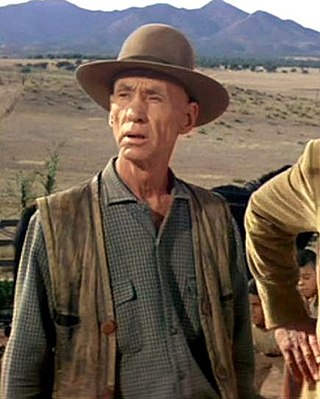
Hank Worden was an American cowboy-turned-character actor who appeared in many Westerns, including many John Ford films such as The Searchers and the TV series The Lone Ranger.
Western lifestyle or cowboy culture is the lifestyle, or behaviorisms, of, and resulting from the influence of, the attitudes, ethics and history of the American western cowboy. In the present day these influences affect this sector of the population's choice of recreation, western wear, partaking of western cuisine and Southwestern cuisine, and enjoyment of the western genre and western music.
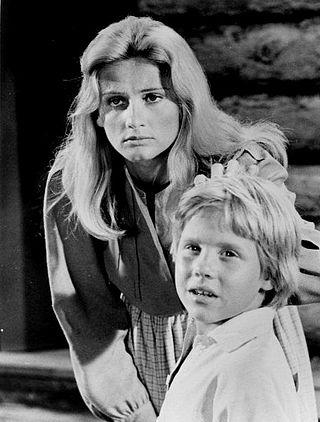
Shane is an American Western television series which aired on ABC in 1966. It was based on the 1949 book of the same name by Jack Schaefer and the 1953 classic film starring Alan Ladd. David Carradine portrayed the titular character in the television series, a former gunfighter and sometimes outlaw who takes a job as a hired hand at the ranch of a widowed woman, her son, and her father-in-law.
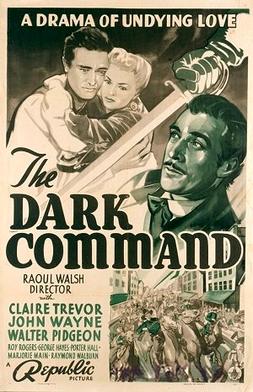
Dark Command is a 1940 Crime western film starring Claire Trevor, John Wayne and Walter Pidgeon loosely based on Quantrill's Raiders during the American Civil War. Directed by Raoul Walsh from the novel by W. R. Burnett, Dark Command is the only film in which western icons John Wayne and Roy Rogers appear together, and was the only film Wayne and Raoul Walsh made together since Walsh discovered Wayne working as a prop mover, renamed him, and gave him his first leading role in the epic widescreen Western The Big Trail a decade before.
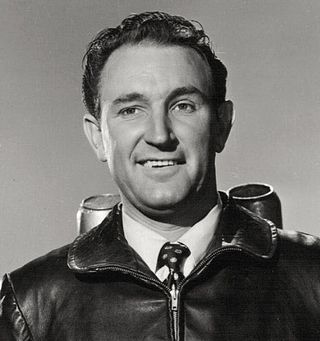
George Dewey Wallace was an American stage and screen actor. Wallace co-starred with Mary Martin in the Broadway musical Jennie and was nominated for a New York Drama Critics' Circle Award for playing the male lead in New Girl in Town opposite Gwen Verdon. He is also remembered for playing Commando Cody in the movie serial Radar Men from the Moon.
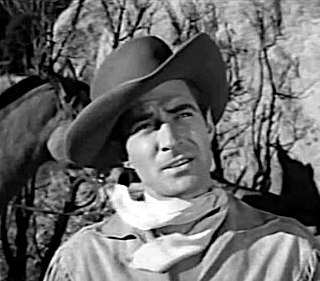
Jacques Joseph O'Mahoney, known professionally as Jock Mahoney, was an American actor and stuntman. He starred in two Action/Adventure television series, The Range Rider and Yancy Derringer. He played Tarzan in two feature films and was associated in various capacities with several other Tarzan productions. He was credited variously as Jacques O'Mahoney,Jock O'Mahoney, Jack Mahoney, and finally Jock Mahoney.
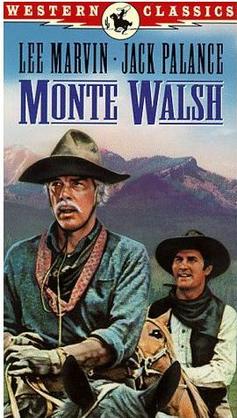
Monte Walsh is a 1970 American Western film directed by cinematographer William A. Fraker starring Lee Marvin, Jeanne Moreau and Jack Palance. The name "Monte Walsh" is taken from the title of a 1963 western novel by Jack Schaefer, but the film has little to do with the plot of Schaefer's book. The film was set in Harmony, Arizona. The story has elements of a tragedy. The song played over the opening credits is "The Good Times Are Comin' " by Mama Cass, with music and lyrics by John Barry and Hal David.

William MacLeod Raine was a British-born American novelist who wrote fictional adventure stories about the American Old West.

Day of the Outlaw is a 1959 American Western film starring Robert Ryan, Burl Ives, and Tina Louise. It was directed by Andre de Toth; this was de Toth's final Western feature film.

Cattle Drive is a 1951 American Western film directed by Kurt Neumann and starring Joel McCrea, Dean Stockwell and Chill Wills. Much of the film was shot in the Death Valley National Park, California and Paria, Utah.

The Big Land is a 1957 American Western film in Warnercolor directed by Gordon Douglas and starring Alan Ladd, Virginia Mayo and Edmond O'Brien.

The Silver Whip is a 1953 American Western film directed by Harmon Jones and starring Dale Robertson, Rory Calhoun and Robert Wagner.

The Medico of Painted Springs is a 1941 American Western film produced by Columbia Pictures. Based on the novel of the same name by James Lyon Rubel, the film stars Charles Starrett, Terry Walker, Ben Taggart, Wheeler Oakman, and the Simp-Phonies in a cameo appearance. It was directed by Lambert Hillyer and written by Wyndham Gittens and Winston Miller. In the film, Starrett's character, Dr. Steven Monroe, travels to a tumultuous Painted Springs and attempts to resolve a raging conflict between two camps – the cattlemen and the sheep ranchers.
